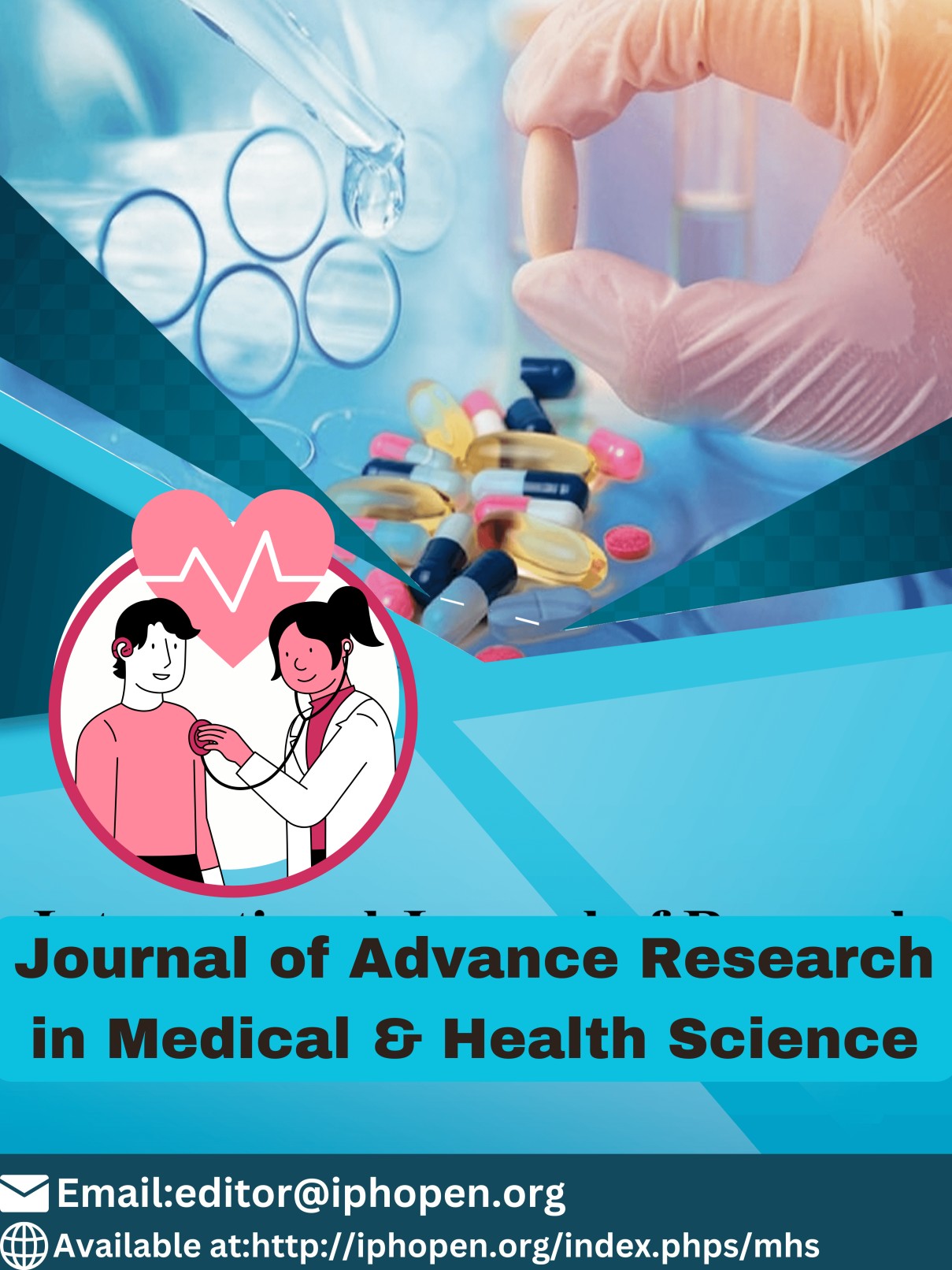MULTIPLE RATIONALITIES AND THE REALITIES OF DIABETIC RETINOPATHY SCREENING STRATEGIES IN CAMEROON: A LITERATURE REVIEW
DOI:
https://doi.org/10.5281/zenodo.13999874Keywords:
MULTIPLE, RATIONALITIES, DIABETIC, RETINOPATHY, CAMEROON, A, LITERATURE, REVIEWAbstract
Diabetic retinopathy (DR) is a microvascular complication of diabetes characterized by damage to the retinal blood vessels, which can lead to vision impairment and blindness. It typically progresses through stages, starting with mild non-proliferative changes and potentially advancing to proliferative diabetic retinopathy, where new, abnormal blood vessels form on the retina. The condition is often asymptomatic in its early stages, making regular screening essential for early detection and intervention. In Cameroon, the rising prevalence of diabetes necessitates early detection and intervention to avert vision loss. This study evaluates the feasibility of implementing DR screening strategies in Cameroon, focusing on unique economic, legal, ethical, social, and organizational challenges. A comprehensive literature review was conducted to assess the effectiveness, costs, ethical considerations, and organizational aspects of various DR screening strategies. The review included studies published between 2014 and 2021, emphasizing the involvement of social workers or paraprofessionals in diabetes management. Findings underscore the necessity of addressing socioeconomic and cultural barriers to enhance community engagement in DR screening. Recommendations include targeted outreach initiatives, financial assistance for screening services, and culturally tailored communication strategies.
References
Agyeman, A., Agyemang, C.(2016). The challenges of diabetes care in sub-Saharan Africa: A systematic review of the literature. *Global Health Action*, 9(1), 31389. https://doi.org/10.3402/gha.v9.31389
International Diabetes Federation. (2021). *IDF Diabetes Atlas* (10th ed.).Brussels, Belgium: International Diabetes Federation. Retrieved from IDF website.
Klein, R., Klein, B. E. K.,Moss, S. E. (1995). Vision loss in diabetes. *Ophthalmology*, 102(1), 83-90.https://doi.org/10.1016/S0161-6420(95)31073-9
Kumar, S., Kaur, A. (2018). Diabetic retinopathy: A review of current diagnostic techniques and treatments.*Journal of Clinical and Diagnostic Research*, 12(5), NE01-NE05.https://doi.org/10.7860/JCDR/2018/3526
11319
Morrish, N. J., Wang, S. L., Stevens, L. K.,et al. (2001). Mortality and causes of death in the WHO Multinational Study of Vascular Disease in Diabetes. *Diabetologia*, 44(Suppl 2), S65-S75.https://doi.org/10.
/s001250051672
Ntim-Amponsah, C. T., Agyeman, D. (2020). The role of social workers in diabetes care: A systematic review of the literature. *Health Social Care in the Community*, 28(6), 1770-1780. https://doi.org/10.1111/hsc.12937
World Health Organization. (2019). *Blindness and vision impairment*. Retrieved from WHO website.
Yau, J. W. Y., Rogers, S. L., Kawasaki, R., et al. (2012). Global prevalence and major risk factors of diabetic retinopathy. *Diabetes Care*, 35(3), 556-564. https://doi.org/10.2337/dc11-1909
Zhang, X., Saaddine, J. B., Chou, C., et al. (2009). Prevalence of diabetic retinopathy in the United States: 2005–
National Health and Nutrition Examination Surveys (NHANES). *JAMA Ophthalmology*, 127(12), 1718-
https://doi.org/10.1001/jamaophthalmol.2015.3723
Bourne, R. R. A., Stevens, G. A., White, R. A., et al. (2013). Causes of global vision loss: 1990–2010. *The Lancet Global Health*, 1(6), e339-e349. https://doi.org/10.1016/S2214-109X(13)70113-X.
Downloads
Published
How to Cite
Issue
Section
License
Copyright (c) 2024 IPHO-Journal of Advance Research in Medical & Health Science

This work is licensed under a Creative Commons Attribution-NonCommercial-ShareAlike 4.0 International License.
Author(s) and co-author(s) jointly and severally represent and warrant that the Article is original with the author(s) and does not infringe any copyright or violate any other right of any third parties and that the Article has not been published elsewhere. Author(s) agree to the terms that the IPHO Journal will have the full right to remove the published article on any misconduct found in the published article.






















